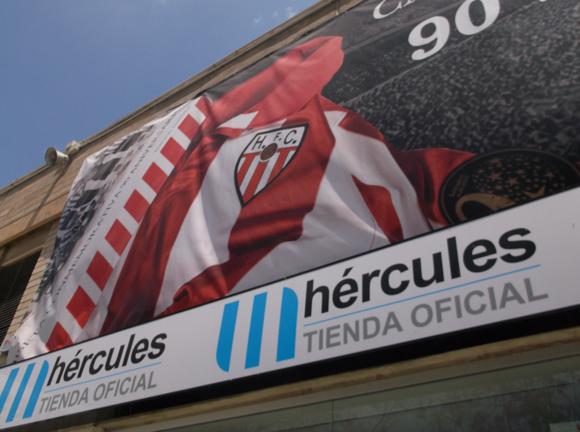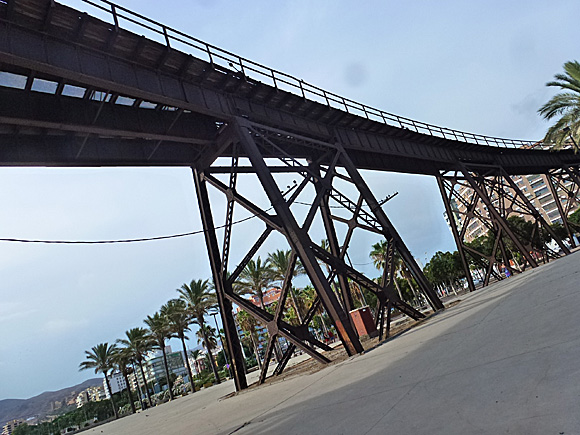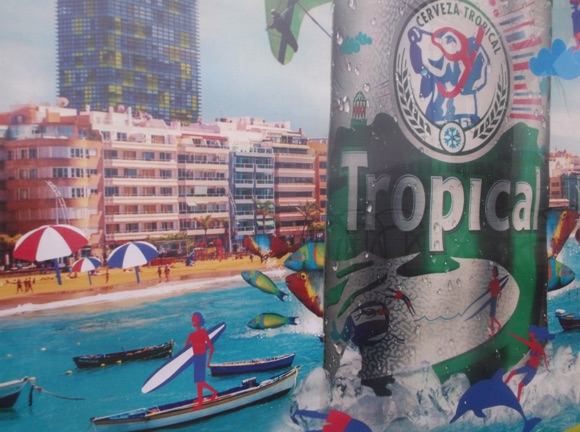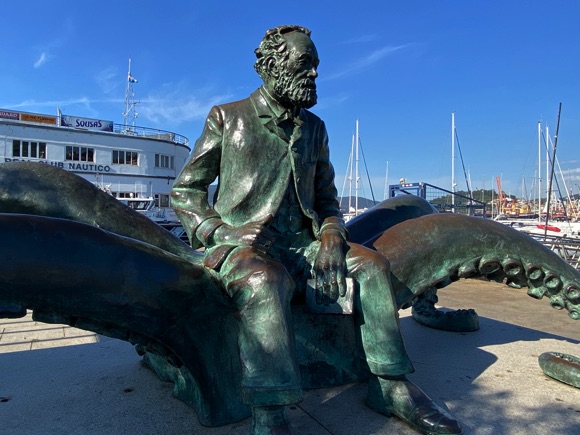Teams, tales and tips – a guide to the local game
Gateway to Benidorm and the Costa Brava, Alicante is an unlikely but convivial place to host an international football match – such as Spain’s friendly with England in 2015.
Even more unlikely were the circumstances that first brought football to these sandy shores, the solar eclipse of May 1900 attracting English sailors and scientists to Alicante, kicking a football around on the beach as they prepared their primitive instruments.
The city’s main modern-day stadium, the José Rico Pérez, was arguably the strangest choice of venue of the 17 (!) that hosted the 1982 World Cup. Named after the most successful president in the history of tenants Hércules CF, it witnessed Diego Maradona’s first goal in a World Cup finals and the bowing out from the world stage of Michel Hidalgo’s great French side.

At club level, too, the Pérez era was the high point of football in Alicante. Hércules, near perennial performers in the Segunda, made the Primera in 1974 and played there for eight seasons unbroken, then two more with 1978 World Cup hero Mario Kempes leading the line.
Even when Alicante CF were still a going concern, the main rival for Hércules was always nearby Elche, another unlikely 1982 World Cup venue, conceived and realised by an ambitious club president.
Alicante’s Pérez passed away in 2010, shortly after Hércules had muscled out Betis in a late run for promotion to the Primera. Their most recent stay only lasted one season and included a shock win over Barcelona at the Nou Camp – it may be some time before the two clubs meet again.

These days, football is a sore subject in Alicante. While Hércules are in the depths of the fourth flight for the first time in their history, their lesser neighbours Alicante CF have disappeared completely. A new club, of sorts, was created from the ashes, Independiente, with a first team at the lowest level and sundry junior outfits. Sadly, though, this particular phoenix didn’t fly.
Originally based at the Ciudad Deportiva de Villafranqueza near the university in the north of town, Alicante moved to groundshare the José Rico Pérez just inside the city’s main ring road shortly before the club’s collapse.
The stadium itself has been upgraded since the days of Maradona and Kempes. Now a 29,500-capacity all-seater, it is still characterised by its towering three-tier stand, the Grada Mundialista. As part of Spain’s laudable policy of playing home games in the most improbable parts of the country (Logroño? Huelva?), Alicante has hosted La Selección nine times, including Scotland’s visit in 2011. In all that time, they have never lost.
Getting Around
Arriving in town, local transport and tips

Alicante-Elche Airport is 9km (5.5 miles) south-west of Alicante. Alicante city bus C6 (€3.85) runs every 20mins to town, journey time 20mins. Once in town, a single ticket is €1.45. A tram network also serves the coast. Downtown Alicante and its beach are a pleasantly walkable but you’ll need a bus or taxi for the stadium.
Official carrier Radio Taxi Elche (+34 965 427 777) sets a fee of €19/€21 to Alicante depending on the time of day. Around town and the coast, RadioTele Taxi Alicante (+34 965 10 16 11) provides as good a service as any and offers a €16 deal for four going from Alicante back to the airport.
Where to Drink
The best pubs and bars for football fans


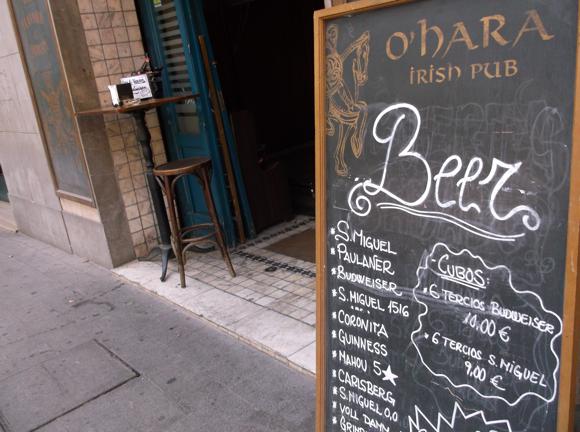

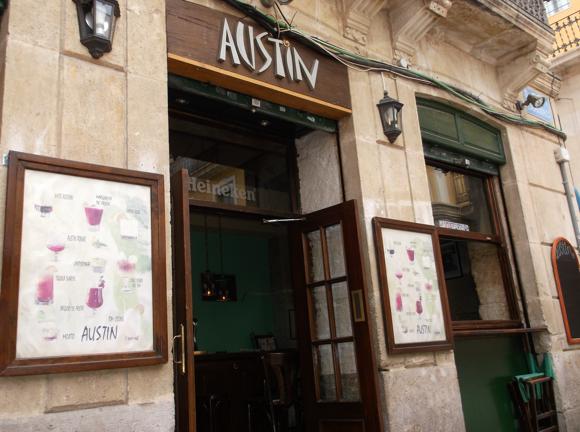
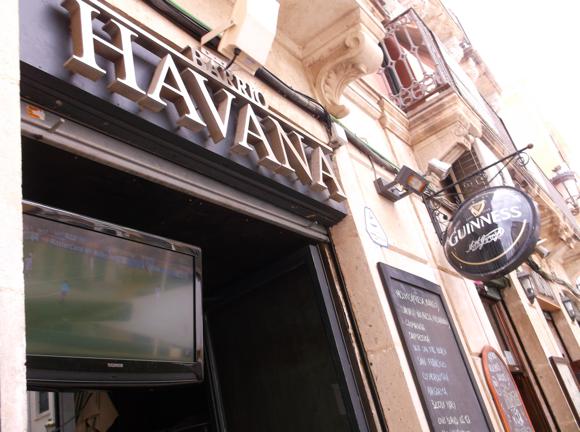

Much of Alicante’s plentiful bar life has the expat in mind. O’Hara’s has the added advantage of overlooking the waterfront, where the Soho Mar provides cocktails and Palm Beach seaside beers and TV screens over the bar counter.
Tucked in behind the seafront, the TriBeCa on Calle San Fernando has been a popular spot since being opened by Spanish international handball player Pitu Perramón in 1975. Now it concentrates on quality hamburgers rather than live music but it remains a landmark. A Dutch tattoo artist is responsible for the exotic decoration.
The main bar hub is in the Old Town, Casco Antiguo, particularly on and around Calle Labradores and the Co-Cathedral of St Nicholas. There you’ll find the pub-like Austin Bar, with its big screen, and, alongside it, the more clubby Barrio Havana, with its TV screen outside. There’s also sport broadcast and, inevitably, old Stones tracks played, at the Jagger Bar on the same street.


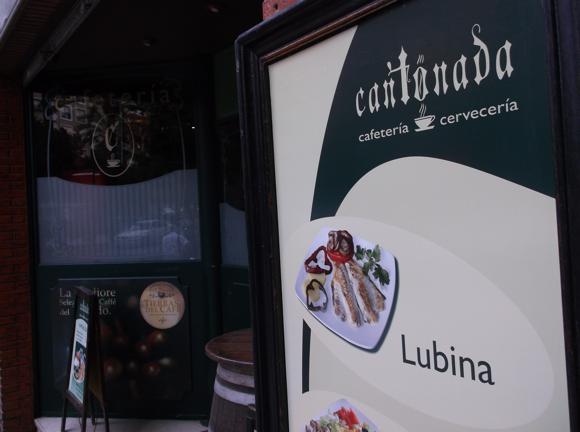
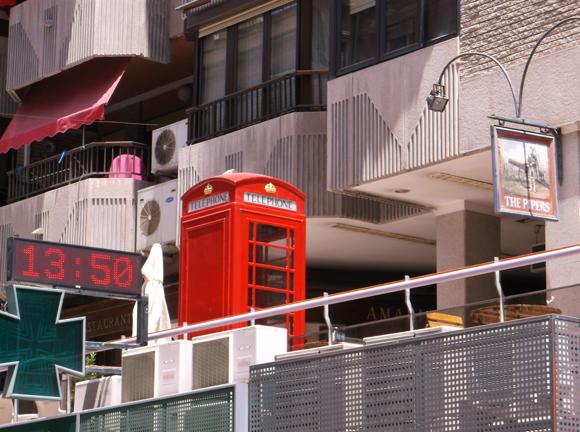
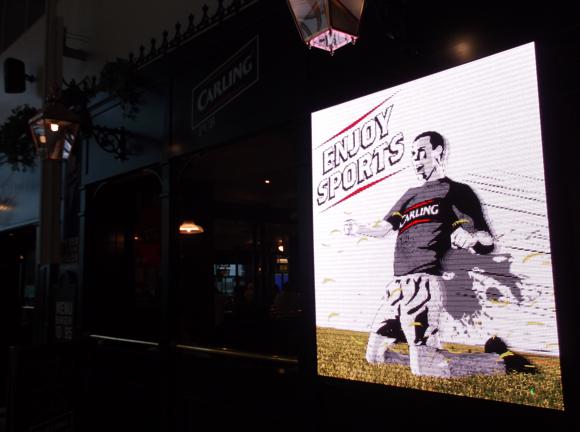

Another, less clustered, bar vortex lines the rond-point of Plaza de los Luceros close to the station. There, The Duke is the most football-friendly spot – it has a younger brother, The Little Duke on the main boulevard leading up from the seafront, Avenida Dr Gadea. A couple of blocks up, La Cantonada is a lovely little wood-interiored bar/restaurant with TV sport.
Between Luceros and the station, The Pipers is an expat pub of the old-school variety, characterised by the red phone box outside. Behind, down at street level, the Cervecería Portabella is a typical corner Spanish local, always busy by day.
Finally, in the departure area of Alicante airport, the Carling Pub offers a last chance of a beer – not just Carling, don’t worry – and gawp at TV football before boarding your plane.
Where to stay
The best hotels for the stadium and city centre
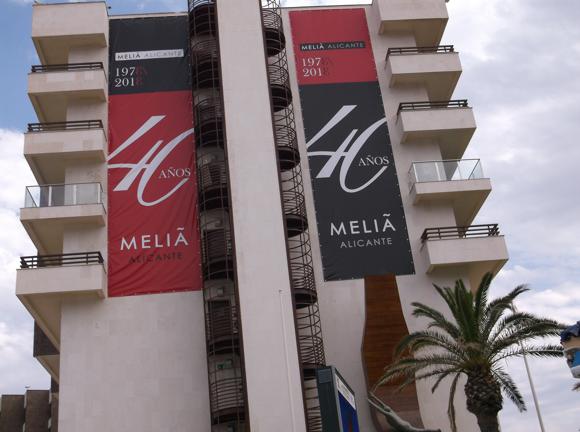


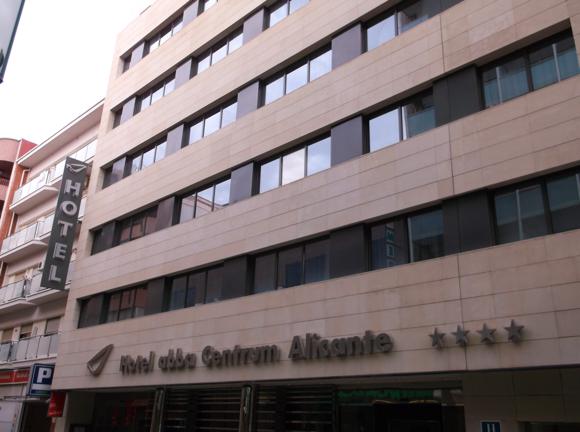





Alicante Tourist Office has a database of hotels but no online booking service.
With no hotels at the stadium sport complex, a beachside or downtown location is best. Convenient for the train station (and airport bus), LaCityHotel is contemporary and comfortable. Halfway between the station and town, the abba Centrum Alicante is a notch above, with a gym and solarium.
The best waterfront options are the Spa Porta Maris, whose full-board deals include a pool, gym, spa and children’s entertainment, and the Meliá Alicante, whose 500-plus rooms have sea views and access to a prime spa and pool. In the same Meliá group, the TRYP Gran Sol also overlooks the Med from most of its rooms.
The nearby Explanada is a traditional three-star while further along the waterfront, tucked just inside, the Maritimo is an affordable choice and the El Àlamo has been in the same family for three generations.


